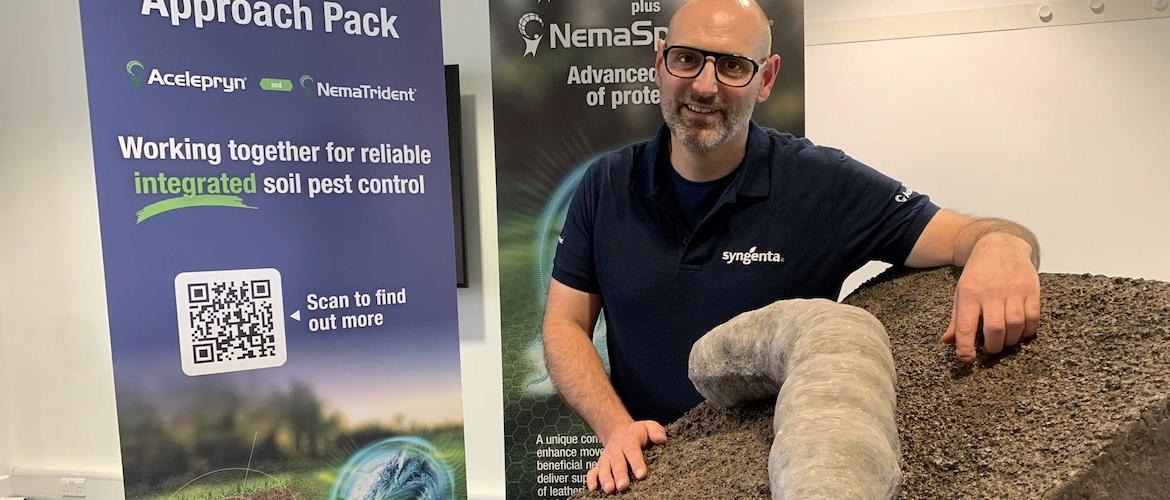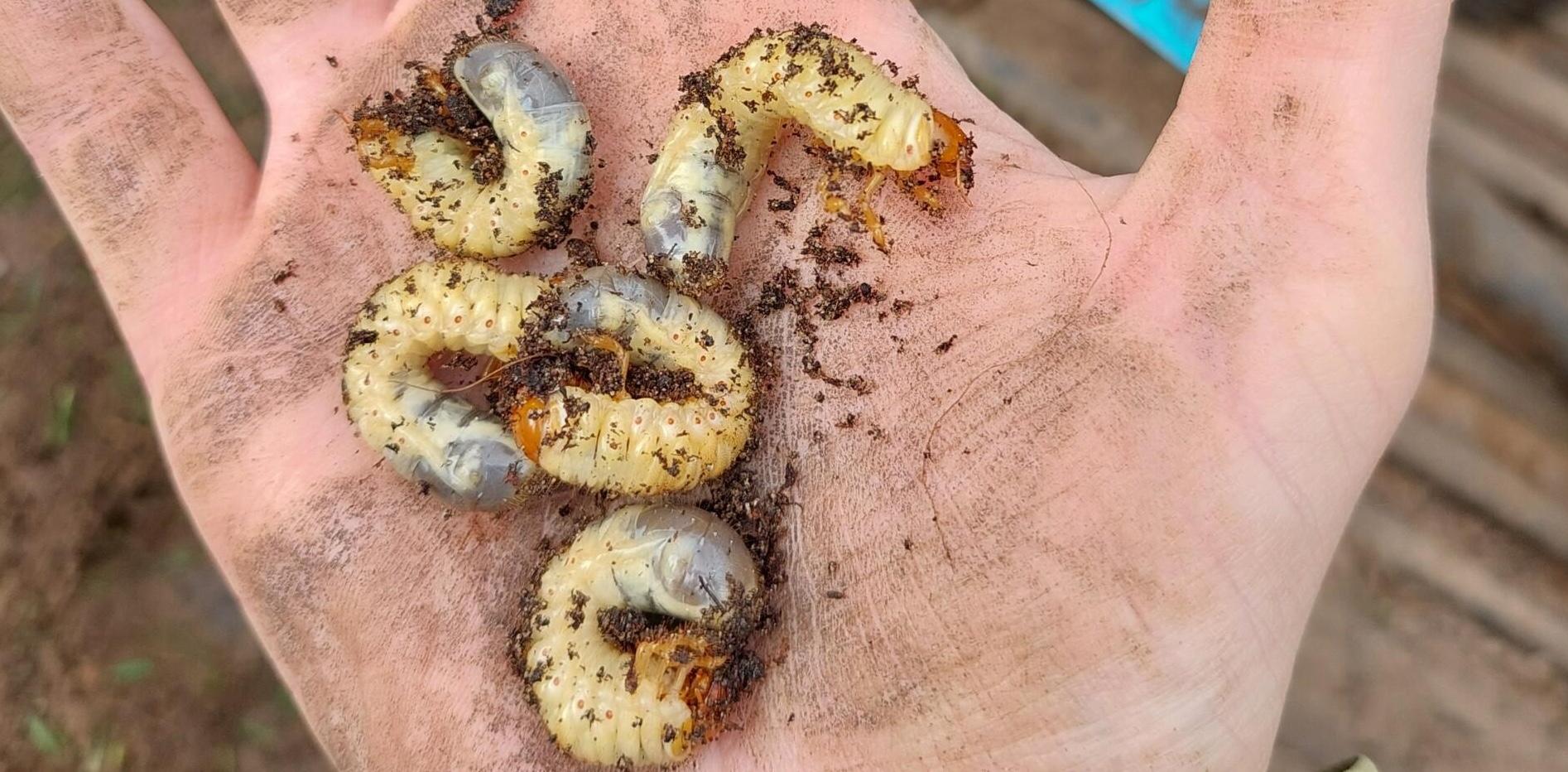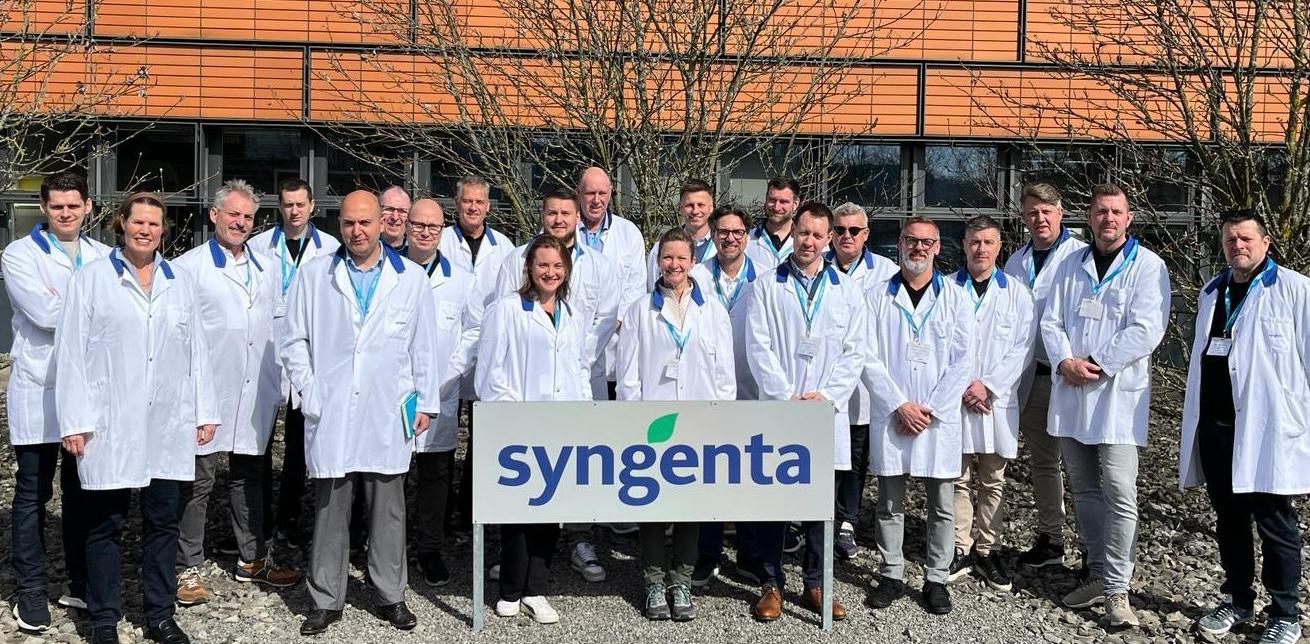Syngenta ran a workshop last week to take turf managers through the theory and practical elements of Leatherjacket control. Including getting the best out of Acelepryn and Nematrident in the UK.
It was great to have so many turf managers, from a varied range of surfaces maintained all under one roof at Jealott’s Hill research centre.
The only shame was that we couldn’t have everyone who’s struggled with Leatherjacket issues over the years! But I’m not sure they’d have a conference room large enough.
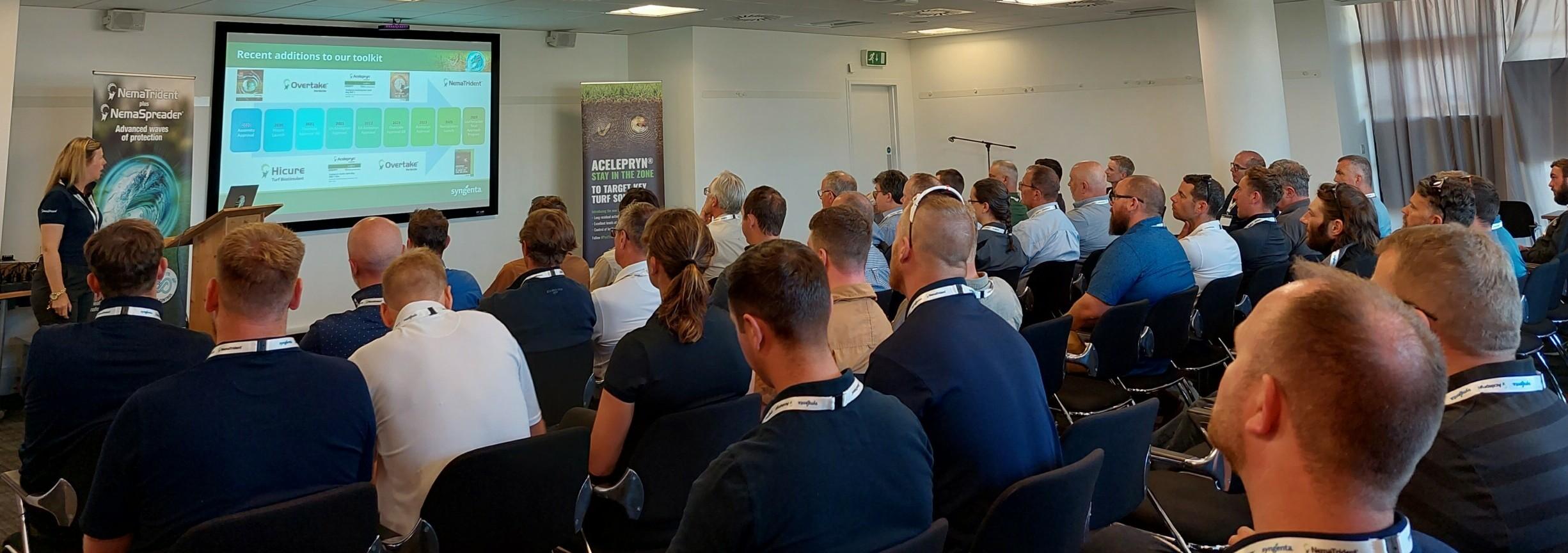
I won’t try to fully recreate the day in text, but give a flavour; some sessions were presentations in the main room and the rotations were interactive talks with smaller groups at stations outside, or in other rooms.
The running order of the day was:
- Introductions
- Active Ingredient discovery
- Acelepryn: Registration journey
- Acelepryn full approval UK update
- NemaTrident introduction
After a break for lunch we broke into groups for the 4 x rotating sessions, focusing on how to get the best from Nematrident:
- Species selection and dissection
- Storage & Mixing
- Filters & Nozzles
- Application timings & digital tools
Once all the rotations were complete everyone came back together for final presentations:
- The integrated Acelepryn + Nematrident offer
- Conclusions
Active Ingredient discovery & Acelepryn: Registration journey
One of the great things about the event was we got to leverage experts from the wider Syngenta team to talk us through some of the issues at play.
Phil Wege helps insecticides from discovery to market and walked us through the process.
The parent molecule for the active in Acelepryn was discovered in 1945, derived from a naturally occurring tropical plant, so why did it take until 2023 to get a full registration for the UK?

Cricket nut, and EAME Turf Technical Manager David Piggott, spoke more specifically about the UK Acelepryn registration journey, highlighting the key milestones and hurdles overcome along the way.
With all the data submitted by 2018 it was a marathon not a sprint.
Acelepryn & Nematrident
Lots is known about Acelepryn. Syngenta has invested a huge amount to bring it to market and much of that has been spent on research studies so I would have happily spoken for a few hours on the product.
Luckily I was rained in and condensed it down.
We discussed the mode of action, and how timing is so important for Acelepryn. It paralyses leatherjacket grubs, the young weak grubs will be controlled as a result of the paralysis.
Large grubs have the strength and fat reserves to survive the paralysis so we need to target the young grubs with our 1 application per year.

We see turf damage from Leatherjackets in Spring (the plasters on the above) but its not a good time to control them with Acelepryn due to the size of the grubs around then.
Glenn spoke about building Nematrident in to make it an integrated program.
Studies have shown that applying nematodes within 7 days of Acelepryn means we make the most of both technologies.
The Acelepryn paralyzing even the strongest of Leatherjacket grubs allowing the nematodes to do their work.
Species selection and dissection
Rod Burke and Sarah James ran through the different nematode species which are available in the Nematrident range, and advised on which we would recommend to control different targets in the UK.
(Spoiler alert Nematrident F (Steinernema feltiae) for Leatherjackets, and Nematrident B (Heterorhabditis bacteriophora) for chafers).
They also did some live dissection’s for the groups under the microscope, of pre Nematrident treated insect grubs to show the number of nematodes which had attacked them, and bred inside.

Storage & Mixing
Eric Chen and Phil Collinson (ICL) gave consideration to delivery, mixing and storage to make sure we are able to get the nematodes into the soil in tip top condition.
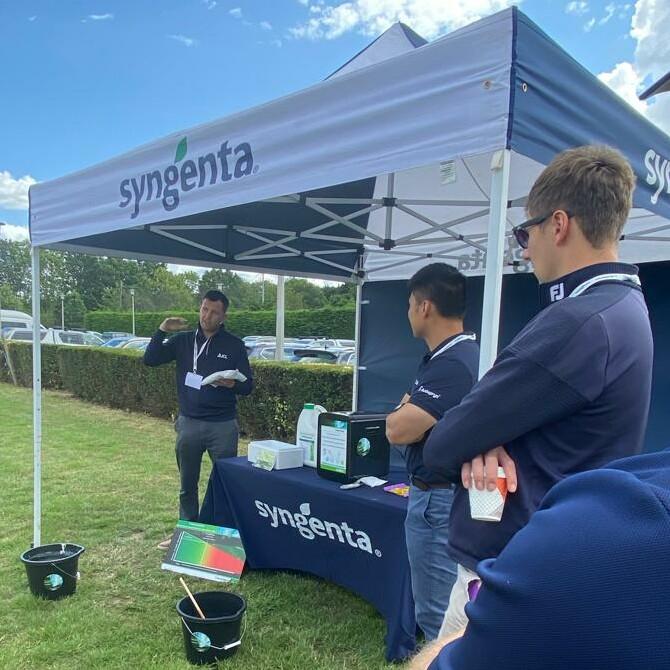
Important to make sure we have a fridge ready for any Nematrident ordered and dates in the diary for delivery and application to make sure it gets down at the right time.
Filters & Nozzles
Some said the best station was run by myself and Alan Cochran (application specialist based at Jealott’s Hill).

We demonstrated and discussed the virtues of the white XC 08 nozzles for both Acelepryn and Nematrident applications.
As both products need to be in the soil to affect the target species its prefect for generating low drift course droplets to achieve that.
We also worked through the filter positions on our glamorous assistant, a brand new John Deere GPS sprayer we’d borrowed for the day.
No issues for Acelepryn, but all filters (accept the basket filter) should be removed for a Nematrident application.
Put filters back in after you’ve finished and be careful not to misplace any O rings like we did, as it can be embarrassing and hard to get the sprayer working!
Application timings & digital tools
We know its important to get the application timings right, Glenn went through the digitals tools available now, and in the near future to help us support those timings in an ever changing climate.
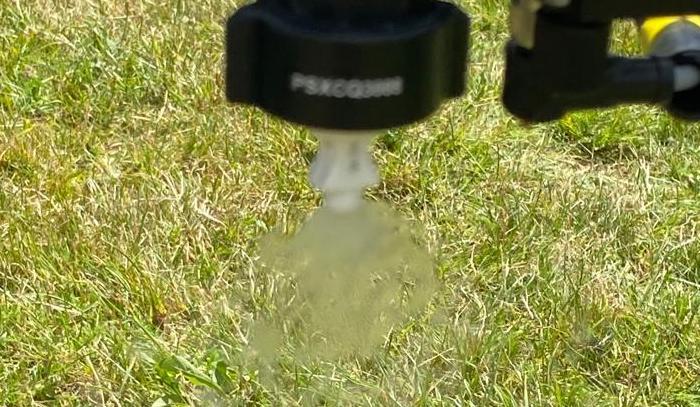
Overall it was a lot to cover in one day, with lots of discussion and questions from those who attended which is great.
We have more work to do to make sure we support the industry with integrated strategies but its great to have control option available to turf managers.
